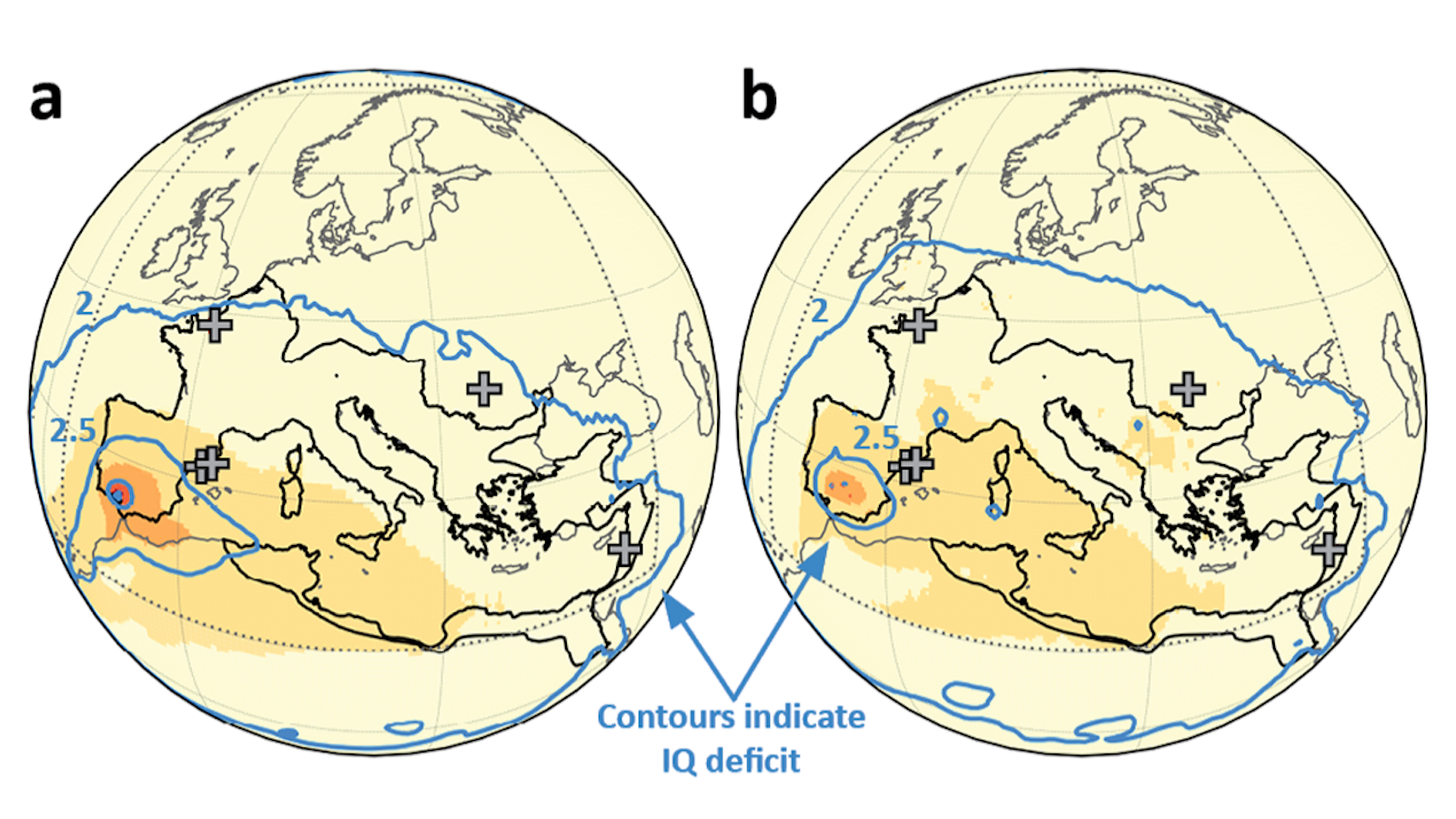Attack of the Clones: Asia’s online image problem

A couple of weeks ago there was a bit of an online hoo-ha in my adopted homeland.
Singapore’s social media was ablaze (well not quite ablaze but there was definitely some kindling wood and smoke) with discussion of a brand new website that sneaked up on us.
The site was called Singterest, and as the more observant amongst you may have deduced that the offending product was a clone of current social darling Pinterest.
It provoked such ire was because it re-opened a wound that gets a regular prodding, namely the notion that Asia is a region of rip-off merchants who don’t do innovation.
Indeed, the topic for this column was chosen after an email conversation with a friend in London who saw me tweet about Singterest and asked why Asia just makes copies of everything.
It’s a pretty cheap stereotype, but it’s one that has stuck with theWestern public. From pirated DVDs to dodgy software and fake iPads. Asia is the copy capital of the world right?
Even Oliver Samwer, one of three brothers who formed cloning Kings Rocket Internet reportedly once said the overseas start-up mentality is to build better and faster without any real requirement to be original.
Sadly, that is the general consensus. But in innovation terms, it is very far from reality.
Spend any time on the ground here in Asia and yes you’ll see that copycat sites are not the norm. And perhaps the biggest irony comes from the fact that it’s the German owned Rocket that’s compounding the stereotype right now.
The prolific company has launched four sites in Asia (Wimdu, Zalora, Lazada and Food Panda) in the last six months.
But for every daily deal site or Indonesian version of Foursquare, there is genuine innovation in Asia. So much so that even in a relatively immature ecosystem like Asia, some start-ups are starting to head the other way.
Social influencer site Gushcloud has opened offices in the San Francisco to enable their original idea to expand beyond Asia and cloud communication company and app API platform Hoiio is also currently winging its way to California to showcase its product at DEMO Spring 2012.
Elsewhere there are just fantastic and ambitious ideas like Spelldial, a start-up from the Philippines that wants to revolutionise telephony by replacing phone numbers with phone names and Flexiroam, a Malaysian app that allows people to make cheaper roaming calls from 200 countries.
Some would even argue that Asia was ahead of the curve, considering it is having to grow up under the shadow of mature economies and markets in the West.
Terrence Lee, assistant editor at SG Entrepreneurs, a website that reports on entrepeneurship in Asia, is one of them.
He thinks Asia is doing pretty well actually, saying: “It would be unfair to deride any start-up ecosystem for being inferior to Silicon Valley, simply because they’ve had a massive head start and many years to develop its ecosystem to where it is today.
“A start-up ecosystem will thrive only when there’s enough entrepreneurial talent and a supportive culture. Asia is still playing catch-up when it comes to nurturing entrepreneurial talent. That explains the gap between east and west, but it is closing fast and the notion that there is little innovation is just wrong.”
If that’s really true, and Asia is innovating like crazy, then why has the old reputation stuck? Part of the problem comes from the age old problem of the mainstream media in the West trying to pigeonhole entire regions as homogenous lumps.
What is difficult to explain in a short article is neatly boxed and labelled.
So as an ex-journalist who worked for some major news organisations in the West, I’m taking a stab in the dark and guessing the unofficial formula for tech reporting would go something like this (I don’t do maths so forgive the shoddy formatting):
Asia = {China (Baidu + Foxconn) + India (call centre) + Japan (consoles)}
What it means is that a global audience will probably read about companies in China more than any others. The very nature of the media machine means those stories are far more likely to be negative, thus skewing the perception of Asian tech.
Everyone and their dog has written about Chinese clone sites like Baidu (Google), Sina Weibo (Twitter), QPai (Instagram), Jiepang (FourSquare) and even Fa Xian (Pinterest), but how many Americans will ever use them?
To prove a point, a quick google search shows 2.3m English language entries and 200,000 blog entries under the term “China Pinterest Clone”. That’s pretty good going for a site launched last month that has nothing to do with the West and isn’t in English.
Would there be that much traction for a groundbreaking and innovative Chinese language app or site?
China – by virtue of being the dominant market – is always going to be a big media story, but why does it have to be pretty much the only story?
The third strand to the argument is that taking an idea is always a no no. But is this always the case?
Andrew Roth, co-founder of the Singapore based market leading customer loyalty app Perx, certainly believes most of those who “borrow” ideas are still innovating.
With many different market conditions and levels of readiness in Asia, he argues Asia can’t be a region of copy/paste coders because the international cookie cutter approach often doesn’t work.
“I lived in Jakarta for six months last year, and the ecosystem and economy is totally different to Singapore. Copy pasting a Western idea simply isn’t possible. Successful ‘clones’ have to adapt to local cultural and market conditions,” said Andrew.
“And why is taking an idea and adapting it to your local market a bad thing? If Open Table won’t come to a dining crazy region like Asia after 10 years, isn’t it logical that people who can adapt, understand the local market and consumer behaviour would want to do it and be able to do it better? As long as they take the idea and do something to move it forward, is that really wrong?”
That’s a good question. When is a clone, not a clone any more? Could recent start-up Asia Fashion Inc ever be accused of copying when they’ve taken the business model, embraced unknown local designers and added cash on delivery options for an online payment wary population?
Only an innovative entrepreneur would take that kind of risk with an online business.





